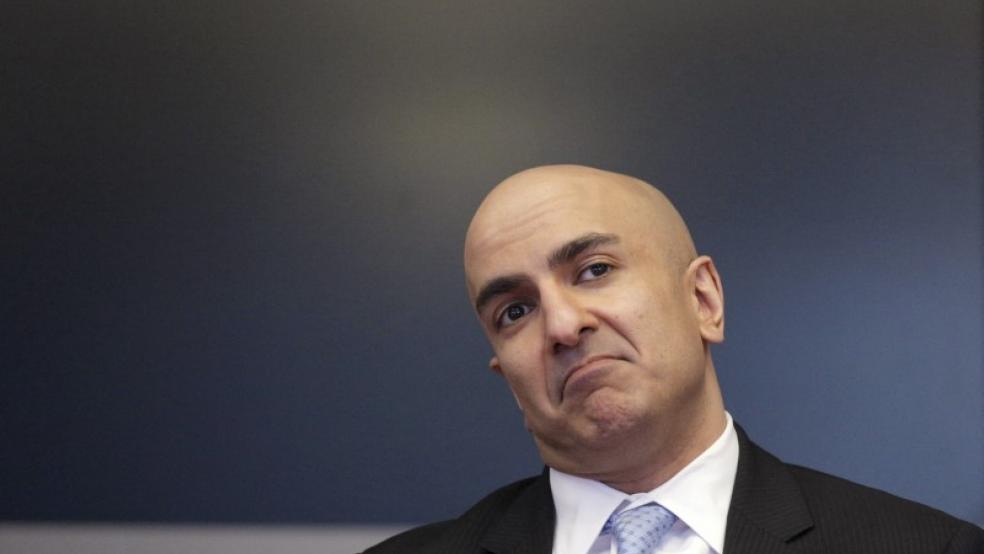NEW YORK/RICHMOND, Va. (Reuters) - The latest U.S. jobs report was not definitively good or bad enough to help the Federal Reserve decide whether to raise interest rates later this month, leaving the decision hanging on volatility in financial markets over the next couple of weeks.
The economy added 173,000 jobs in August, quite a bit fewer than expected. But employment growth in June and July were revised higher, wages rose more than expected in August and the jobless rate fell to a seven-year low of 5.1 percent.With global financial markets reeling over the last two weeks over fears of a Chinese economic slowdown, the report is probably the best and last direct reading on the economy before Fed officials consider hiking rates at a Sept. 16-17 meeting.Yet the report disappointed those looking for clarity."With this jobs report ... the Fed finds itself in a real uncertainty jam when it comes to a September interest rate hike," Mohamed El-Erian, chief economic adviser at Allianz, in Newport Beach, California, said in an email."In the run-up to its policy meeting, the Fed will pay even greater attention to global market developments."According to Fed policymakers gathered in Jackson Hole, Wyoming last week, not only would the August jobs report need to be decent but market gyrations would need to dissipate for them to act.Decency was evident in the jobless rate falling to a level many U.S. central bankers see as full strength, while growth in wages and the number of hours worked across the country suggested Americans have more money to spend.U.S. stocks on Friday fell sharply as investors weighed the chances of a Fed rate hike. Oil prices also fell.For many, the report simply reinforced their previous views on the timing of the pending rate hike."I'd call this a good ... employment report. It didn't change the picture for monetary policy," Richmond Fed President Jeffrey Lacker, who favors a prompt policy tightening, told a retailer conference in Richmond, Virginia.Others highlighted the fact that the economy produced nearly 50,000 fewer jobs than expected in August. Still, average job growth in the last three months is 221,000, seen as enough to keep pushing the jobless rate lower.Employment growth for the month of August in particular has a history of being initially underestimated and later revised higher by the U.S. Labor Department.Wall Street's top banks still expect the Fed will raise interest rates this year, but their conviction around a September hike has decreased notably in the last month due to volatility in global markets, a Reuters poll found. Ten of 17 banks that deal with the Fed directly said they expect a rate hike in the fourth quarter of 2015 or later. Only seven dealers expect the tightening this month compared to 13 in an early August poll.Bets in futures markets imply investors see roughly a 20 percent chance the hike will come this month. Fed Vice Chair Stanley Fischer said last week that there was "a pretty strong case" to tighten before the market slump, and that now, "we are still watching how it unfolds."While data on the broader U.S. economy has remained healthy, the U.S. central bank wants reasonable confidence that inflation will rebound in the medium term before it raises rates. The rising dollar has also held U.S. prices down."It's really inflation that has been holding them back, and this (jobs report) doesn't really give them any evidence on that front," said Thomas Simons, money market economist at Jefferies & Co, in New York.The Fed's policy decision "will break down to how commodities react between now and the September meeting," he said. "If commodities recover and stabilize then there's a chance (of a hike); otherwise I don't think it's likely to happen." (Reporting by Jonathan Spicer in New York and Jason Lange in Richmond; Additional reporting by Jennifer Ablan in New York; Editing by Clive McKeef and Andrea Ricci)Muddled jobs report leaves Fed in a 'jam' watching markets

Kevin Lamarque



